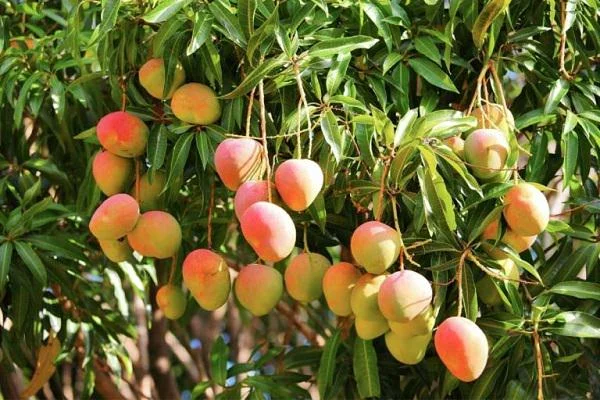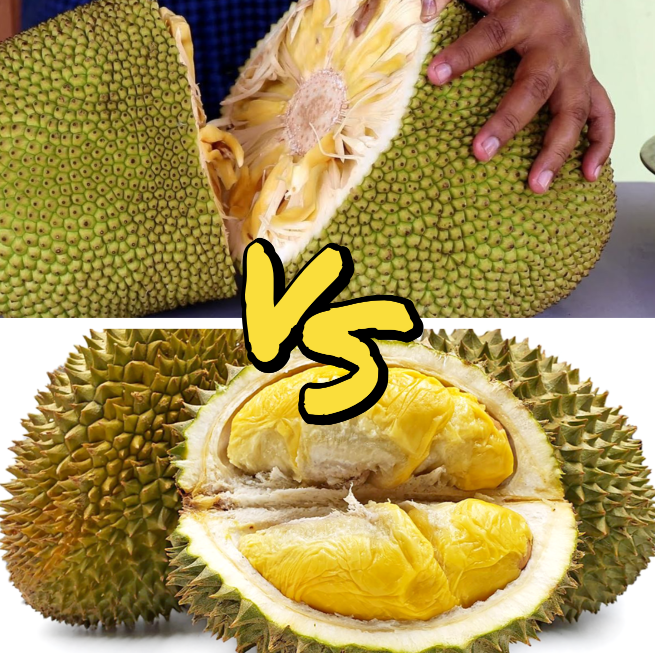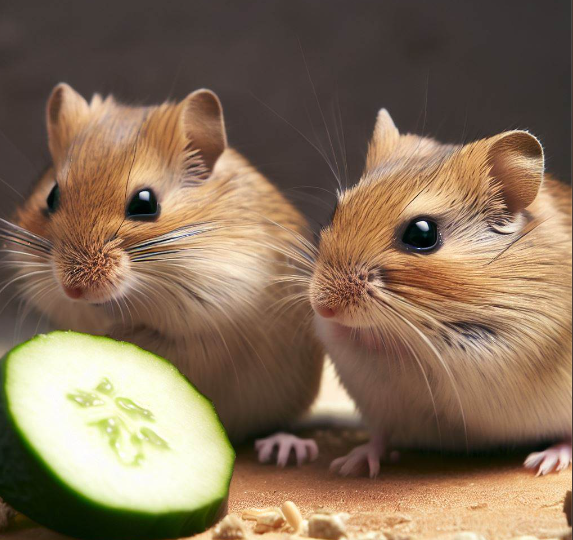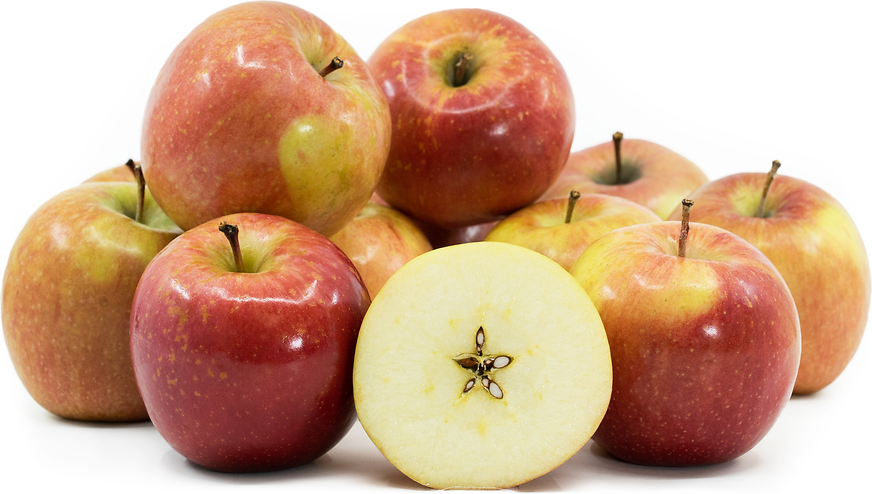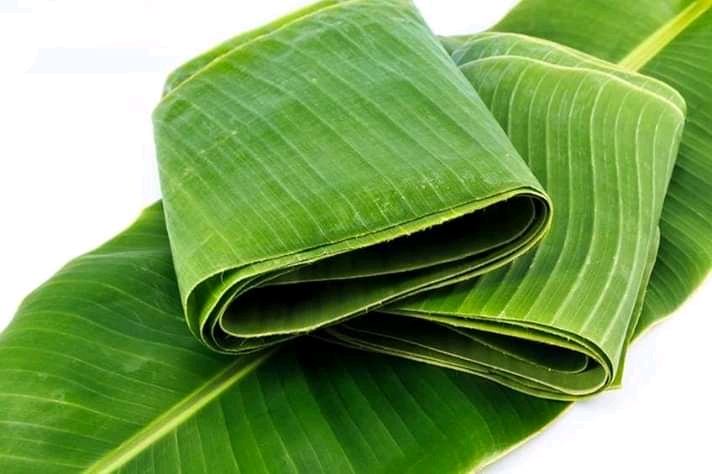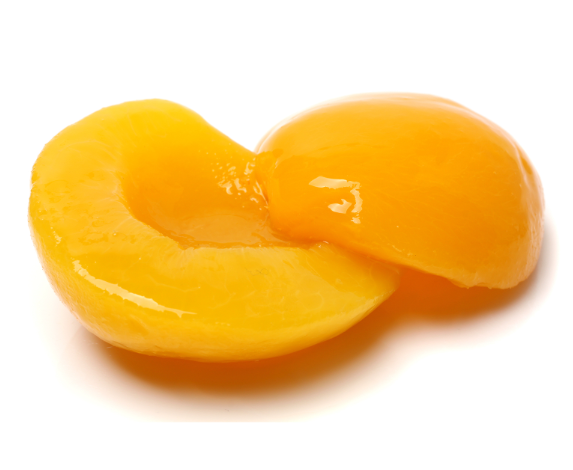Do you want to keep enjoying your favorite fruits for a long time? Making them into pickles is a great way to do it!
In this article, we’re going to teach you how to pickle fruits at home. We’ll guide you step by step so you can make tasty pickled fruits easily.
Table of Contents
- What Does Pickling Mean?
- Why Is Pickling Great?
- Which Fruits Can You Pickle?
- What You Need To Start Pickling
- How To Make Pickled Fruit: Step-By-Step
- Step 1: Choose Your Fruit
- Step 2: Get Your Fruit Ready
- Step 3: Make The Pickling Mix
- Step 4: Time To Pickle
- Step 5: Store and Eat Your Pickled Fruit
- Some Helpful Tips
- Conclusion
- FAQs
- Can I reuse the pickling solution?
- How long do pickled fruits last?
- Can I pickle overripe fruits?
- Can I adjust the level of spiciness in pickled fruits?
- Are pickled fruits healthy?
What Does Pickling Mean?
Pickling means soaking fruits in a mixture of vinegar, salt, and special spices.
This mixture makes sure the fruits don’t go bad and gives them exciting new flavors and textures. The sourness from the vinegar stops bad bacteria and germs from growing, so your fruits stay fresh longer.
Why Is Pickling Great?
Pickling your fruits doesn’t just make them last longer. It has lots of other good points too.
For starters, pickled fruits are yummy to eat by themselves or with other foods. They give meals a special sour and zesty taste. Plus, pickled fruits can be better for you than sweets because they don’t have a lot of calories and they’re full of fiber.
Which Fruits Can You Pickle?
You can pickle almost any fruit, but some are just perfect for it because of their taste and texture.
Favorites to pickle are cucumbers, watermelon skins, peaches, mangoes, apples, pears, and strawberries. Each one adds a unique flavor to your pickles, so you can have fun trying different kinds!
What You Need To Start Pickling
Before you start making pickles, you’ll need to have a few important items:
- Glass jars with tight lids for storing your pickled fruits
- A cutting board and knife to prepare the fruit
- Bowls to mix your pickling liquid and soak the fruit
- Measuring cups and spoons to get your ingredients just right
- Pots that don’t react with vinegar for heating up your pickling mix
How To Make Pickled Fruit: Step-By-Step
Step 1: Choose Your Fruit
The first thing to do is pick the right fruit for pickling. Go for ripe ones that are still firm and have no spots or signs of going bad.
Soft fruits might get too mushy when you pickle them, so it’s best to avoid them.
Step 2: Get Your Fruit Ready
After picking your fruit, you need to prepare them. Wash them well, take off any stems or leaves, and cut out bad parts.
You can leave them whole, slice them up, or cut them into chunks, whatever you like. Remember, big pieces might need more time to pickle well.
Step 3: Make The Pickling Mix
This mix is what gives pickles their taste. In a pot that doesn’t react with vinegar, mix together the same amount of vinegar and water.
There are different kinds of vinegar like white, apple cider, and wine vinegar. Pick what you think tastes best or matches the fruit you’re pickling. Mix in salt and sugar to your liking, then add spices like peppercorns, mustard seeds, dill seeds, or cloves for extra yumminess.
Heat it up until it boils and the sugar and salt melt. After that, let the mix cool completely before you use it.
Step 4: Time To Pickle
With the mix ready and cooled, you can begin pickling. Put your fruit into your glass jars. Pack them in nicely, but don’t squish them.
Pour your pickling liquid over the top until the fruit is completely covered. Tap the jars a little to get rid of air bubbles, making sure the fruit is soaked evenly. Then screw the lids on tight.
Step 5: Store and Eat Your Pickled Fruit
Keep your jars in a dark, cool place like a pantry. Wait for at least a week to let the flavors mix well before you eat them. But if you’re too excited to wait, you can try a piece after a few days to check the taste. Once you’ve opened a jar, keep it in the fridge to help it last longer.
Some Helpful Tips
- Have fun by trying out different fruits and spice mixes to find new flavors you like
- Always use clean, sterilized jars to keep your pickles safe and germ-free
- If you like sweet pickles, add more sugar to your mix
- Putting fresh herbs like dill or mint can make your pickled fruit even tastier
- Pick high-quality vinegar for the best-tasting pickles
Conclusion
Pickling fruits at your own house is a great way to keep enjoying them and try different tastes.
If you choose the right fruits, prepare them well, and make a good pickling mix, you’ll be able to make delicious pickled fruits that everyone will love.
If you love tasty and zesty pickled fruits, you’re in for a treat! They can really jazz up your meals or be a delightful snack all on their own. Try out various fruits and spices—there’s a whole exciting world of homemade pickled fruit to explore.


